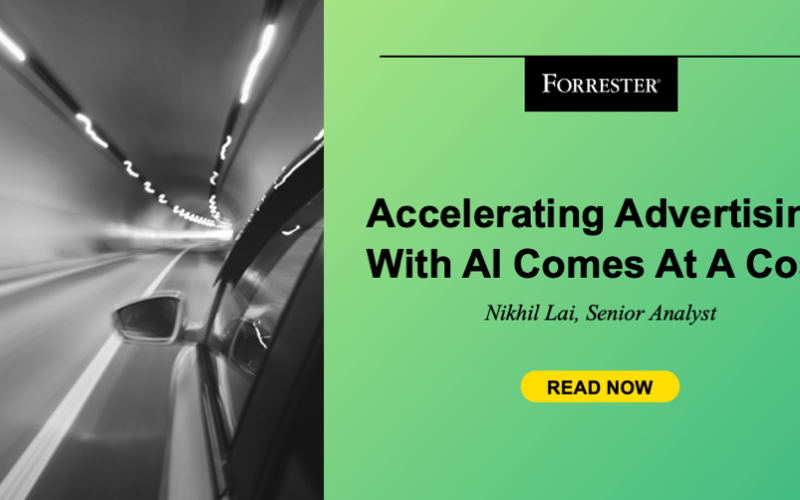AI — a catchword and momentous concept — is all-consuming. It demands nearly as much energy as Argentina uses in a year, is the obsession of practically every marketer I meet, and is invoked breathlessly by those who have the most to gain and lose from it. On Alphabet’s most recent earnings call, for example, Sundar Pichai and Philipp Schindler emphasized the integration of Gemini models into Performance Max to accelerate creativity and the adoption of AI-powered tools such as Smart Bidding and automatically created assets. It’s mathematically obvious to apply AI to advertising — it saves time and, by improving performance, saves money — but its efficiencies can come at the expense of advertisers’ control and transparency.
AI’s Omnipresence Is (Mostly) Warranted
AI benefits the advertising process in various ways:
- Speed. AI dramatically accelerates copywriting, image and video creation, and pattern detection. It minimizes the time required to identify winning variables and helps marketers do more with less. This is critical, since 78% of respondents to Forrester’s Q4 2023 B2C Marketing CMO Pulse Survey said that they “will be expected to do more with a smaller budget in 2024.”
- Insights. AI mitigates the risk of wasted ad spend by predicting which audiences, creatives, and bids are likely to outperform. Furthermore, AI enables advertisers to query their own data to improve budget allocation and audience segmentation decision-making.
- Creativity. AI entertains audiences by breaking the fourth wall between brands and consumers. It facilitates viral campaigns such as Intuit’s and Avocados From Mexico’s, lifting brands’ energy and cultural resonance.
Nevertheless, AI is very risky. When implemented as often as it’s mentioned, AI distorts workflows by forcing creative directors and performance marketers to cede control to semiautonomous, capricious machines. It makes brands susceptible to various threats, including regulatory noncompliance, reputational damage, and lost loyalty due to widespread misinformation, hallucinations, and bad ads.
Advertisers Must Curate AI
AI has conditioned advertising ever since John McCarthy, the computer scientist who helped coin the term “artificial intelligence” in the 1950s, applied linear programming to media mix modeling. Now, AI comes in three flavors — predictive, generative, and prescriptive — each of which applies to various aspects of advertising processes, spanning big ideas to creative’s last mile.
To own AI’s upside, advertisers must make three decisions. Our latest report — GenAI Amplifies Advertising’s Risks And Rewards — explains those decisions and offers advice for turning AI-integrated advertising into a team sport practiced by CMOs, agencies, and technology vendors.
AI Augments And Annihilates Agencies
Pair the GenAI Amplifies Advertising’s Risks And Rewards report with our latest landscape — The Media Management Services Landscape, Q2 2024 — to learn how various agencies enhance their capabilities with AI and reckon with the fact that, by 2030, nearly one-third of agency jobs will be at risk of automation. Agencies with shallow moats will evaporate as brands train language models to do what agencies did, including content generation, bid management, and insights generation. Lasting service providers will harness AI to augment intelligent creativity, supercharge proprietary technology, solve C-suite-level problems such as market share growth, and absorb AI’s risks on brands’ behalf.
As always, feel free to reach out.
Source link
lol

